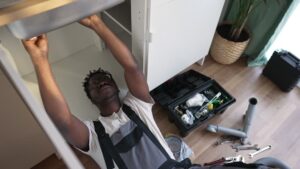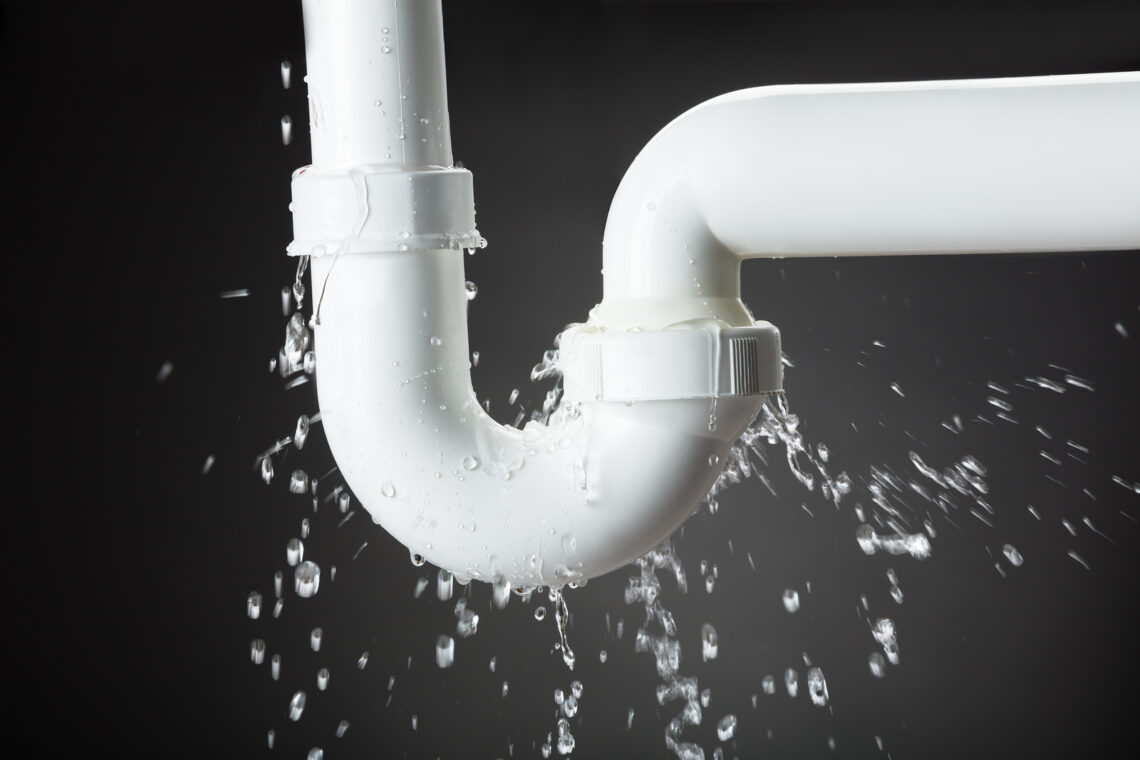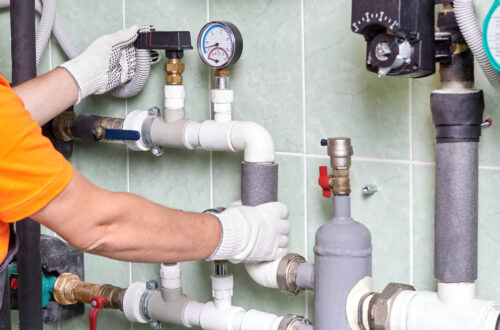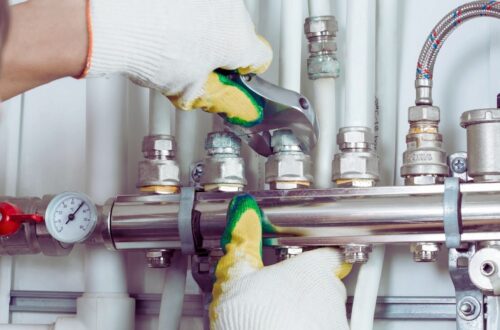Few household emergencies can cause as much panic—and damage—as a burst pipe. Whether it’s due to freezing temperatures, old corroded plumbing, or accidental impact, a burst pipe can flood your home, ruin belongings, and cost thousands in repairs. The key to minimizing the chaos is knowing exactly what to do, and doing it fast.
In this post, we’ll walk you through the immediate steps to take when a pipe bursts, how to mitigate the damage, and when to call in the professionals.
Step 1: Shut Off the Water Supply
The very first thing you should do when you discover a burst pipe is shut off your main water supply. This step is crucial to stop the flow of water and prevent further flooding.
Locate your home’s main water shut-off valve. It’s usually in a basement, crawl space, or utility room.
Turn the valve clockwise to close it.
If the burst pipe is connected to a specific appliance, you can use the localized shut-off valve if you know its location—but when in doubt, go straight to the main.
Step 2: Cut the Power if Necessary
Water and electricity don’t mix. If the water from the burst pipe is near electrical outlets, appliances, or your breaker box, you’ll need to turn off the power to avoid the risk of electrocution.
Do this only if it’s safe to access your circuit breaker.
If you must wade through water to reach it, do not proceed. Instead, call your utility company or a licensed electrician.

Step 3: Drain the Remaining Water
After shutting off the main water supply, open all your faucets—both hot and cold—to drain the remaining water in the pipes. This helps reduce pressure and prevents additional leakage.
Flush all toilets in the house.
Leave faucets open until they stop running.
Step 4: Locate the Burst Pipe
Next, try to identify the source of the burst. This can help your plumber make quicker repairs, and may also be helpful for your insurance claim.
Signs include:
Water stains on walls or ceilings
Pools of water on the floor
Unusual sounds like dripping or rushing water behind walls
Take photos of any visible damage. These will be useful for your insurance documentation.
Step 5: Call a Licensed Plumbing Professional
Once the situation is under control, call a licensed plumber immediately. Pipe repair is not typically a DIY job, especially in an emergency situation. A professional plumbing technician will assess the damage, repair or replace the broken pipe, and inspect the rest of your system for potential issues.
If the burst occurred due to frozen pipes, ask about preventative solutions such as pipe insulation or heat tape for the future.
Step 6: Remove Water and Dry the Area
The longer water sits, the more damage it can cause to your flooring, drywall, and belongings. Mold can begin to grow within 24 to 48 hours. Take immediate steps to dry out the affected area:
Use towels, mops, and wet/dry vacuums to remove standing water.
Run fans and dehumidifiers to speed up the drying process.
Remove soaked carpets and furniture to prevent mold and mildew.
If the flooding is extensive, it may be necessary to contact a water damage restoration company.
Step 7: Contact Your Insurance Company
Once the immediate danger is handled and the clean-up is underway, contact your homeowner’s insurance provider. Most policies cover sudden and accidental water damage, including burst pipes.
Provide documentation, including photos, videos, and receipts.
Keep records of all repair costs and professional services.
An adjuster may visit your home to assess the damage and determine your claim.
Step 8: Take Preventative Measures
After the crisis is over, take steps to ensure it doesn’t happen again. Preventative plumbing maintenance can save you a fortune in future repairs.
Here’s how:
Insulate exposed pipes, especially in basements and attics.
Keep your home heated during freezing weather.
Allow faucets to drip during extreme cold to keep water moving.
Schedule annual inspections with a plumbing professional to check for corrosion, leaks, or weak points.

A burst pipe is one of the most stressful home disasters a homeowner can face, but acting quickly and knowing the proper steps can make all the difference. From shutting off your water supply to calling in expert plumbing help, every action you take helps minimize damage and restore your home to normal faster.
While you can’t always prevent pipes from bursting, you can be prepared. Keep emergency numbers handy, know where your shut-off valves are, and invest in regular plumbing maintenance. A little foresight goes a long way in protecting your home—and your peace of mind.





